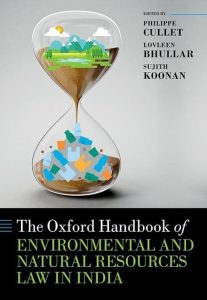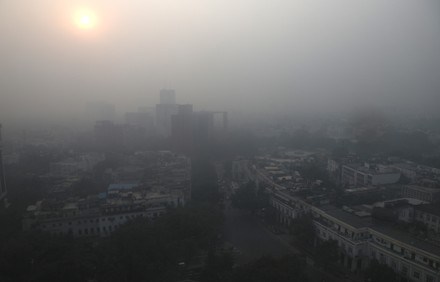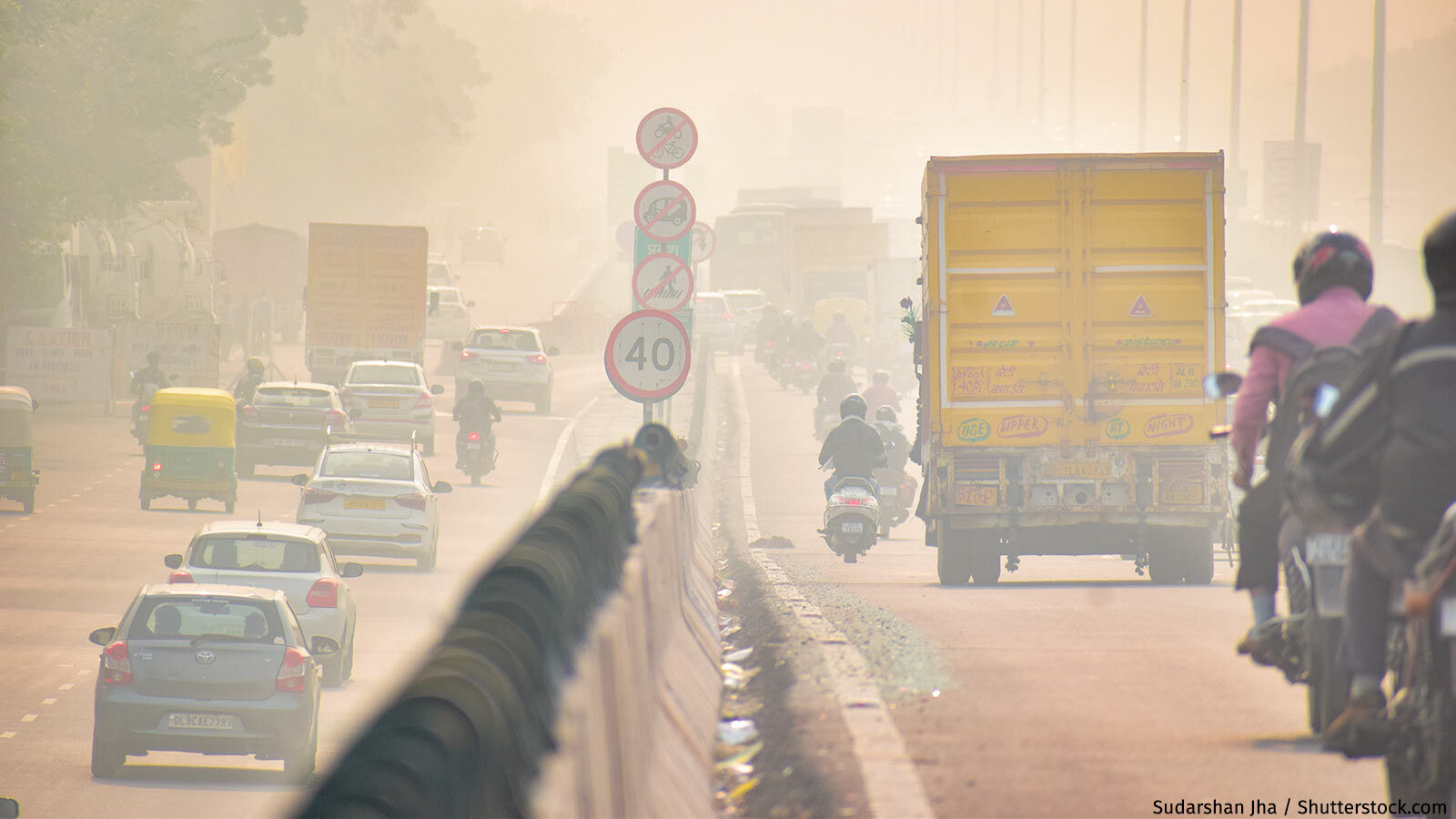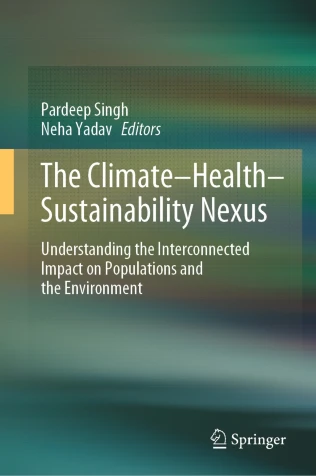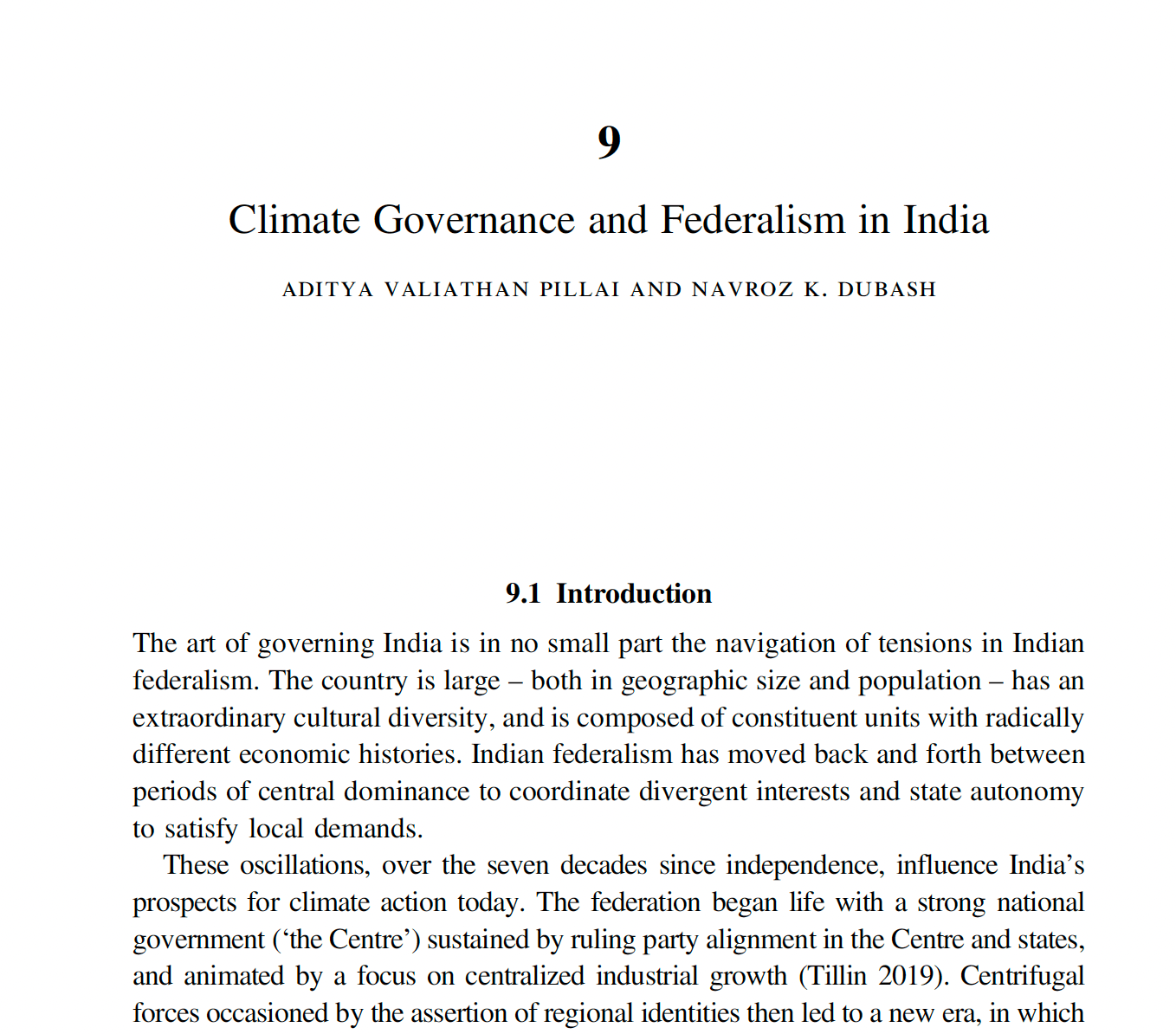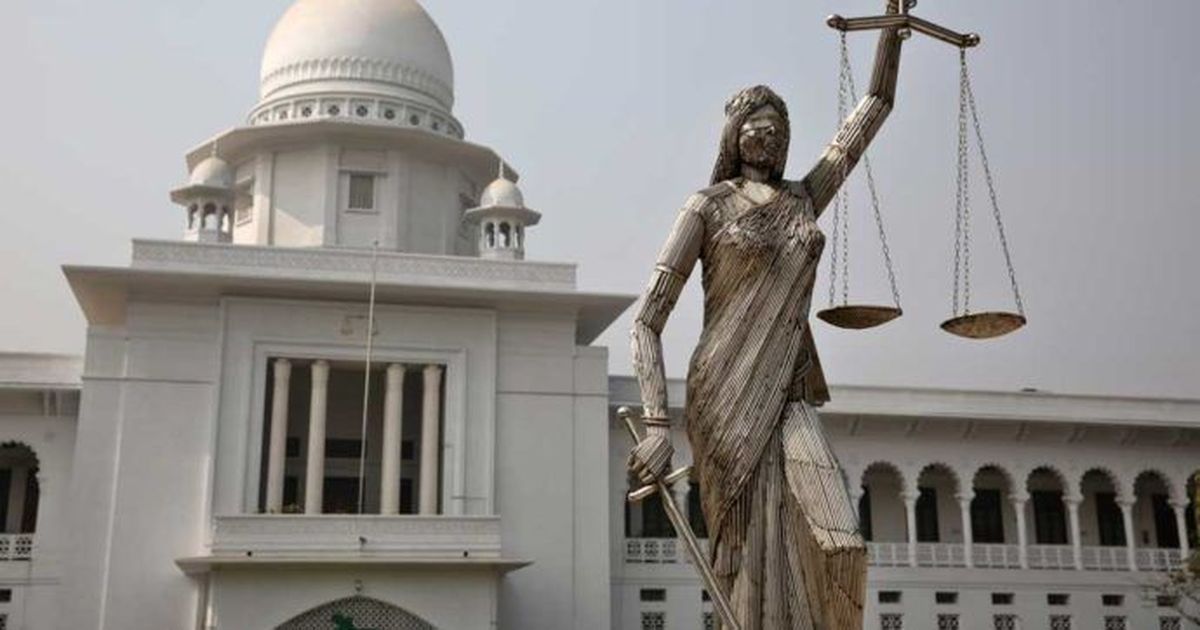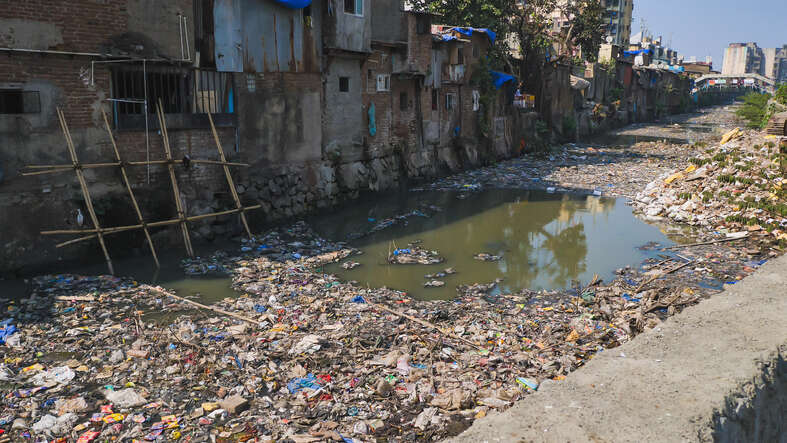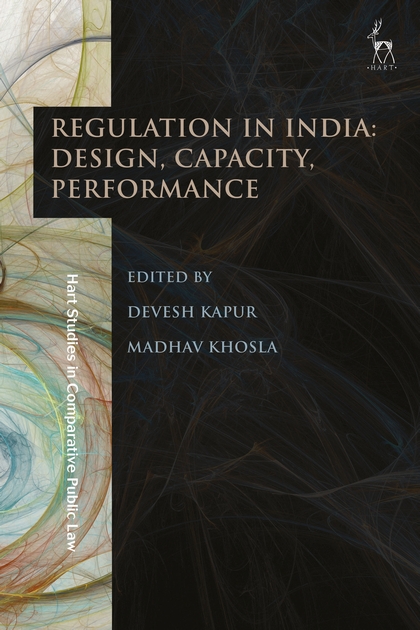Abstract
Transforming towards a low-carbon, climate-resilient society will require reimagining existing governance arrangements. This chapter in ‘The Oxford Handbook of Environmental and Natural Resources Law in India‘ documents how India’s policies, institutions, and legal structures have changed in response to climate change. These developments have been opportunistic in character, with policy changes preceding institutional development. Policies are many and widespread, therefore, but lack strategic coherence. A more deliberate approach would bring with it enhanced governance requirements, including new structures for coordination, deliberation, and strategy-setting. This chapter pays attention to the prospects for climate law in India in this context, discussing different approaches to constructing firmer legal foundations for climate action.
Read more